Startup Spotlight: Transforming Bone Health Assessments with Ultrasound Innovation
The journey to build a startup often starts with a big idea and a critical unmet need. For POROUS, the mission was clear: create an innovative solution for early osteoporosis detection that improves patient outcomes. The POROUS Technology was developed at Charité Universitätsmedizin Berlin in the Imaging, Simulation & Stimulation working group of Prof. Dr. Kay Raum. Over the years, the project has evolved into a spin-off, which is supported by a group of international experts. Osteoporosis affects millions of people worldwide, yet most diagnostic tools identify it only after fractures have already occurred. With an innovative ultrasound technology, POROUS aims to enable the early detection of bone deterioration associated with an increased risk of fractures.
Bridging a Gap in Early Osteoporosis Detection
Currently, bone health diagnostics relies heavily on DXA (Dual-Energy X-ray Absorptiometry), which measures bone mineral density but is often used after fractures occur. This creates a late-stage approach that can’t truly prevent the disease’s progression. Jonas Massmann, CTO at POROUS, explains, “One in three women, and one in five men over age 50, will suffer from osteoporotic fractures. DXA is highly standardized but typically catches osteoporosis too late to prevent fractures.’’ Dr. Maren Glüer (Market Development) from POROUS, adds “DXA also involves radiation, so an ultrasound-based method would not only be safer but also easier to apply, allowing to identify patients at risk earlier and to intervene if bone problems are detected.’’
With this goal in mind, POROUS focused on developing a diagnostic tool capable of measuring cortical bone properties, like thickness, pore size distribution, and viscoelasticity – all crucial indicators of bone health. Unlike traditional imaging methods, their solution leverages quantitative ultrasound combined with frequency analysis of the cortical bone. This technology produces valuable data without relying on radiation. Jonas highlights, “Each bone has an individual fingerprint, which we use to estimate the bone macrostructure and microarchitectural properties.”
Maren adds, “To summarize, we assess quantitative data to assess the risk, not just interpret the images. We want to identify patients who are at risk before fractures occur, giving them a chance at preventive treatment.”
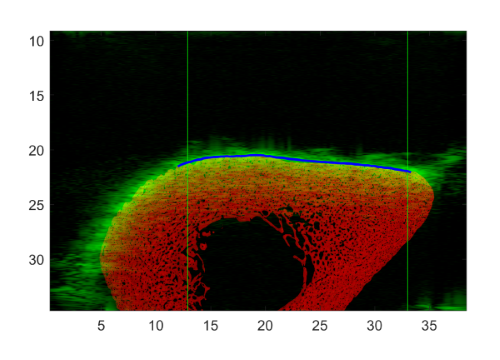
Spatially registered 6-MHz ultrasound backscatter (green) and 100-MHz Scanning Acoustic Microscope (red) images. (Image from G. Iori, J. Du, J. Hackenbeck, V. Kilappa, and K. Raum, “Estimation of Cortical Bone Microstructure From Ultrasound Backscatter,” in IEEE Transactions on Ultrasonics, Ferroelectrics, and Frequency Control, vol. 68, no. 4, pp. 1081-1095, April 2021)
Optimizing Workflow for Signal Processing and Prototyping
For the POROUS team, an efficient, seamless workflow was essential to manage complex signal processing, rapid prototyping, and streamlined product development. From the start, MATLAB was instrumental in enabling their processes, enabling in silico simulations, advanced signal processing, parallel computing, GPU utilization, database management, and automated testing. Jonas explains, “Especially ultrasound signals in bone have a low signal-to-noise level, requiring advanced analysis, so we rely on MATLAB’s signal processing toolbox for complex analysis routines. MATLAB’s interface also allows us to perform high-speed data acquisition and fast processing.”
As a medical device company, POROUS adheres to strict software standards such as IEC 62304. MATLAB proved invaluable in meeting compliance requirements. Additionally, MATLAB facilitated seamless collaboration with researchers at Charité Universitätsmedizin Berlin, who were using the same tools.
MATLAB supports POROUS in daily tasks, which accelerates product development, especially in prototyping.
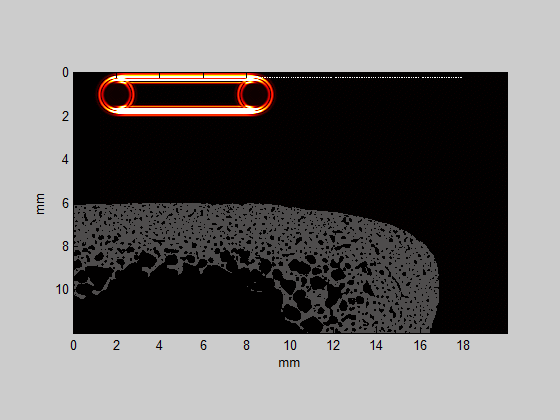
In-silico backscatter animation showing a backscatter signal impinging on an osteoporotic cortical bone structure. (Image courtesy of Kay Raum, Charité – Universitätsmedizin Berlin)
MathWorks Startup Program enabled the POROUS team to evaluate a wide range of tools and features, for example, GPU Coder and MATLAB Compiler. That allowed the team to understand which features are the most beneficial for POROUS specifically.
Looking Forward: Scaling for Impact
This year, POROUS aims to achieve MDR CE certification and launch its measurement device for the scientific field by early next year. The team is also beginning a 1,600-patient multicenter study to validate the device’s effectiveness for fracture prevention in discussions with research centers worldwide eager to incorporate this technology. With these milestones, POROUS is ready to make a valuable contribution to medical and scientific research and enrich the diagnostic market with an innovative technique that helps set earlier interventions for those in need in place, significantly reducing fractures worldwide and their associated burden.
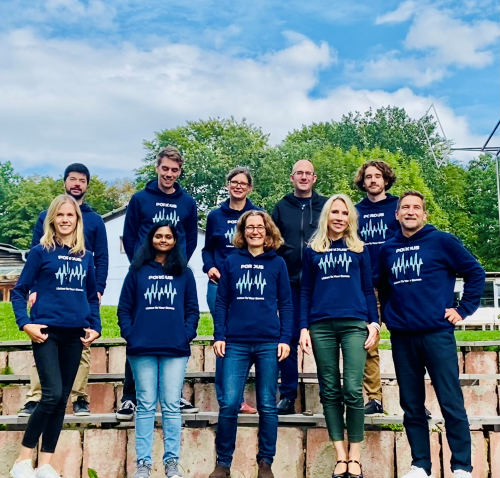
The POROUS team. (Image courtesy of POROUS).
- Category:
- Startup Spotlights





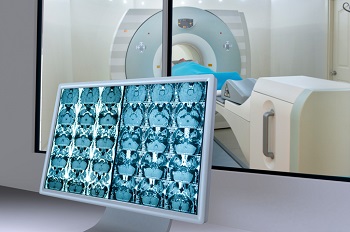


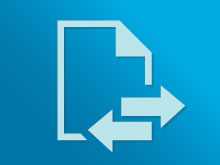
Comments
To leave a comment, please click here to sign in to your MathWorks Account or create a new one.